
Despite the current slowdown, Sudhir Mehta, Chairman and Managing Director, Pinnacle Industries Limited, remains bullish on the seating industry. Meanwhile, he has also been working on expanding the company’s participation in the ambulance, electric vehicle components and motor homes’ space. Rajesh Rajgor gets the details through an exclusive interview
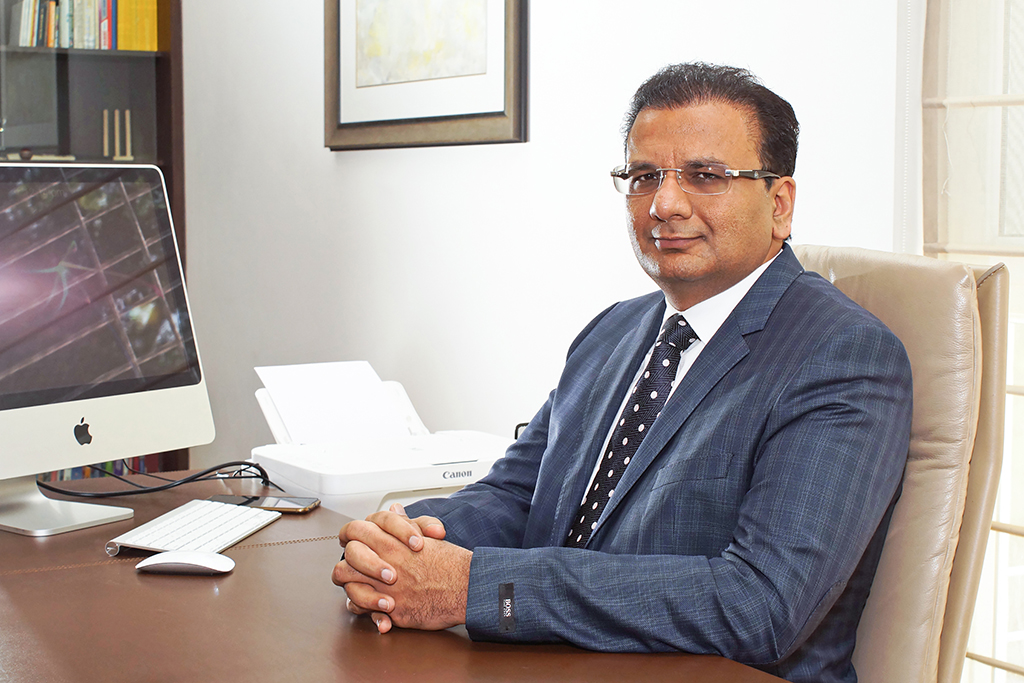
How did you manage the last 18-24 months of product development and manufacturing constraints caused by the pandemic?
In India’s commercial vehicle industry, there have always been significant ups and downs. We have been in the industry for over 25 years and have seen it all. The pandemic, on the other hand, has been the cause of the recent slowdown. During the last 18 months we continued to manage business around our expertise in seating systems for trucks and buses, interiors for buses, and conversions primarily in the form of specialty vehicles. As a result of our focus, we have become the country’s leading ambulance maker. We are currently working with all the leading OEMs to convert their ambulances, whether they are Force Motors or Tata Motors.
We are also beginning to collaborate with Toyota India, Maruti Suzuki and all the other major CV manufacturers who are entering the ambulance market. We have emphasised the importance of providing solutions that are not only pandemic-specific but also modern. For example, we brought a negative pressure ambulance, which was the first of its kind in the country and was extremely valuable related to the pandemic. We have also added a new advanced life support ambulance to the Traveller platform as well as a basic ambulance to the Tata Magic platform. In a country the size of ours, we have the fewest ambulances per 1,000 people.
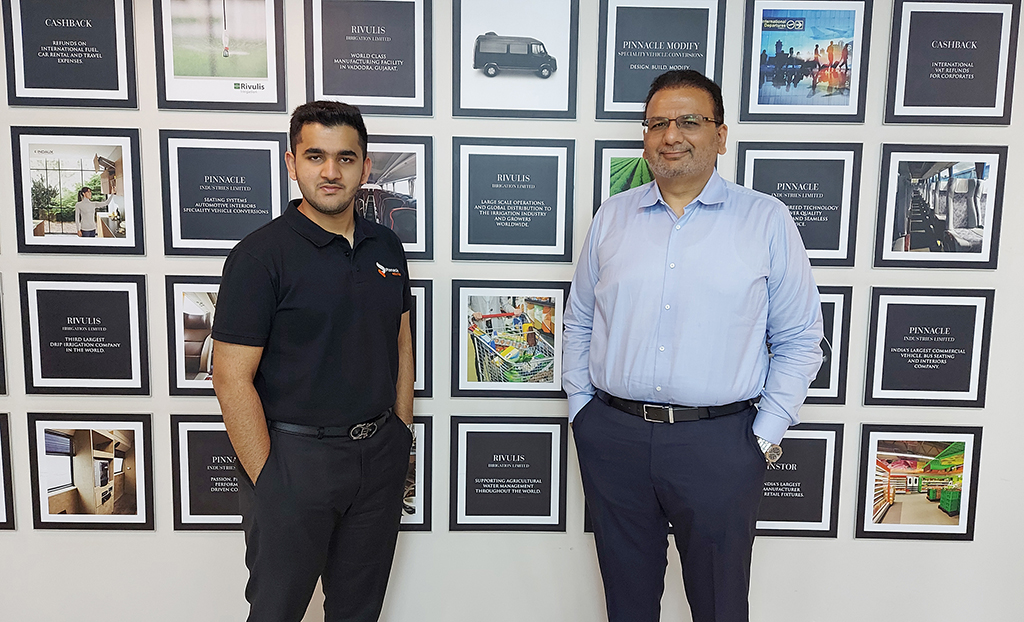
We now have a capacity of 1,000 ambulances per month, which is the largest such capacity in the country thanks to our manufacturing strength and various conversions. We have serviced several government orders because most government orders during this time were very time-sensitive and driven by the pandemic given the fact that ambulances were literally needed. The ambulance market in India will grow because people have realised the importance of healthcare and secondly, you need these vehicles for transporting patients. As a result, we had to adapt by introducing new products as well as manufacturing them despite all the constraints in the industry’s supply chain.
Did you need to increase your capacity or develop technology for ambulances with other partners to build the required know-how for you to build these specialised vehicles?
No. We have been focusing on specialty vehicles for several years. We have the most extensive research and development infrastructure for specialty vehicles and complete production capabilities, right from design to engineering, manufacturing and sales. Of course, no one predicted the pandemic but when it struck we met the demands of many state governments. For example, even during the first wave, we received a large order from the government for nearly 500 vehicles. We obtained special permission from the government to continue working on our shop floors as this came under the ‘necessary service’ category. We are grateful to our employees and staff for working during the lockdown and assisting the government. We delivered 500 vehicles in less than one and a half months, which was a really a record time given the tough times around.
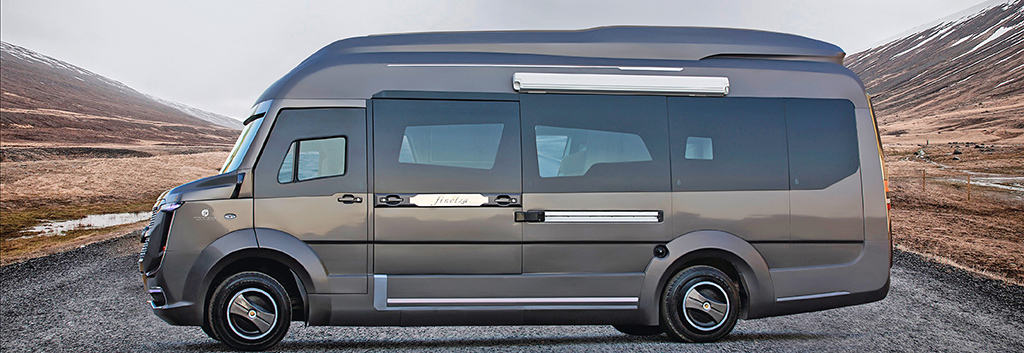
Fortunately, we were the first to receive government-mandated AIS certification for ambulances. Meeting all regulatory requirements has been a key component of our work. We are now developing a basic life support ambulance, which includes all the necessary equipment for transporting passengers as well as an advanced life support ambulance which includes all the necessary medical equipment. For interiors, we use high-quality ABS material that can also be disinfected after each use. We also delivered 40 vehicles to My Labs in Pune for RTPCR testing, which performed corona virus testing in several rural areas. These are the innovations on which we have worked. And today we are proud to say that we have without a doubt the widest range of solutions for ambulance interiors and ambulance conversions.
What are your thoughts on the current market sentiments which have taken a significant hit as a result of the pandemic? What are Pinnacle Industries’ growth priorities in the recovering industry?
We are beginning to see sequential improvement with very positive signs that freight rates are beginning to rise once more. The FMCG sector also has returned to the pre-pandemic levels. All of these, in my opinion, are strong indicators of an improving economy. We believe that the CV market will bounce back quickly. Exports are improving, which means that demand for small commercial vehicles to heavy commercial vehicles is high. Everyone may be surprised by the growth over the next year. Buses will take time to arrive as we wait for schools to reopen and people to feel comfortable using public transportation again. A lot will also depend on state transport corporations and their bus purchases as well as the FAME II schemes. We are actively collaborating with all EV manufacturers, including JBM, Olectra Greentech, Tata Motors and Ashok Leyland on component development.
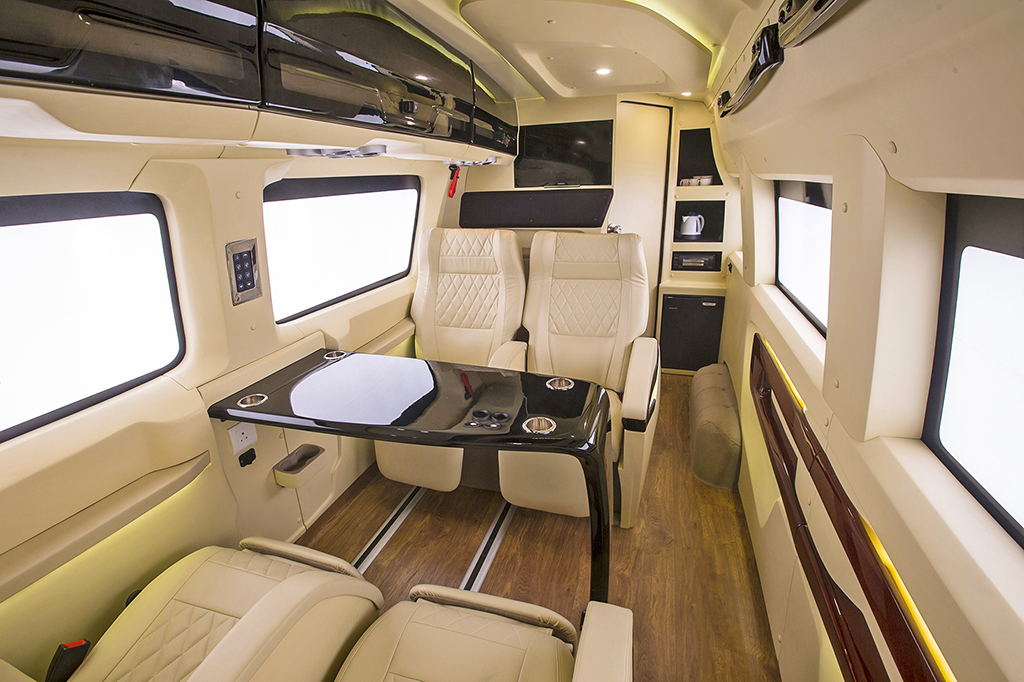
Because of our partnership with VDL we have very strong capabilities in metalworking, 2D and 3D laser bending and fixtures within our group. The majority of people in the two and three-wheeler markets have been importing kits from China and assembling them in India. These are typically of poor quality, have high transportation costs and are unreliable. We have designed electric two-wheelers, three-wheelers and four-wheeler chassis in India that are much more robust for Indian conditions. We are utilising robotic welding to provide much more precise solutions. They are lighter in weight and perform much better. We can also make seats, front forks and other metal items. As a result, we are preparing to become a kit supplier to electric vehicle companies, which we can supply from multiple plants across India.
How are you going to strike a balance between automation, competitive pricing and job creation?
India’s industry is now global and we strive for global quality. The only way to accomplish this is to improve processes. Throughout the pandemic we focused on automation and robotics. At our plants we most likely have some of the largest robots. Our shop floor processes are supported by nearly 35 robots, ensuring high quality and consistency. Given the shortage of trained personnel during the pandemic, we carried out this automation. The idea is to automate where quality is required. At the same time, it is critical in India to create jobs. We continue to hire people wherever quality is not compromised. When it comes to customisation or pricing, we consider more than just the cost. Our main focus has been on light-weighting, which can reduce costs. More importantly, it extends the range of electric vehicles. Our primary goal is to provide dependable products. The continuous process in the automotive industry is to reduce waste. So, whether it is process cost, transportation cost or logistics cost we are constantly working to improve our price competitiveness in the market.
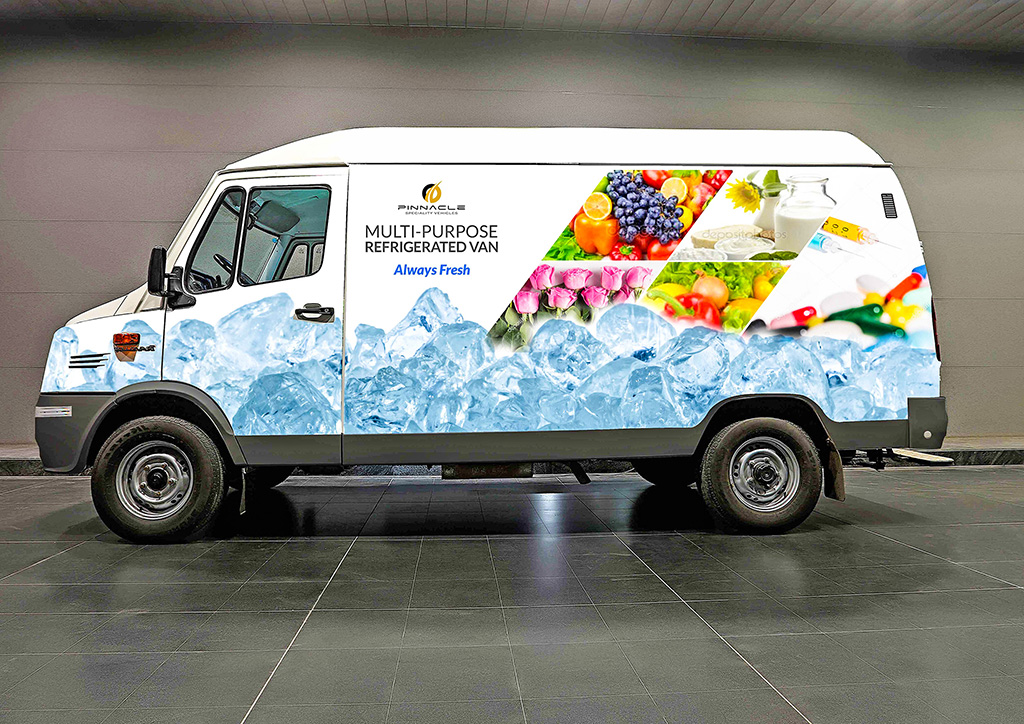
How are things going in terms of seating? Have you noticed any particular preference for the form or material used as cloth on the seats given the difficult times when people are so concerned about sanitisation and cleaning?
There are a few trends to be aware of. One is to switch from cloth to vinyl, which is easier to clean. Secondly, because social distancing norms are here to stay, we will see an increase in demand for space between seats. One of the most innovative solutions, and we are the only company that provides it, is for the operator to slide the two seat seats on a slider. This can assist them in creating space between the two seats. This allows passengers to use the gangway space while also ensuring there is enough space between occupants.
Do you see construction equipment and off-highway vehicles warming up to your seat business given the steady demand for off-road vehicles?
Yes, we have created new tractor seats. We are also looking at some off-road seats and our goal will be to increase our penetration in that area, which we haven’t explored as much in the past. As you mentioned, we anticipate that the construction sector will continue to boom. And this market will be less affected than the bus market has been.
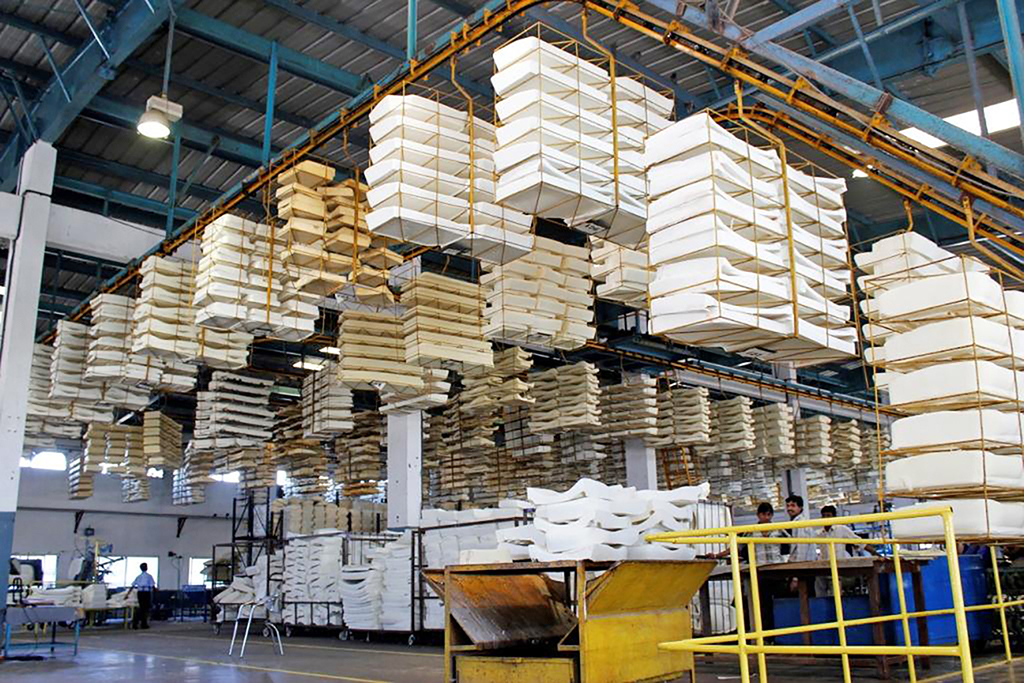
What is the emphasis and focus of your seating business on testing, prototyping and validation so that it can provide the much-needed durability that OEMs and customers seek?
Without a doubt, you brought up an important point. The bar is constantly being raised. We work closely with the Automotive Research Association of India but there is also National Automotive Test Tracks, an automotive testing and certification centre under the National Automotive Testing and Research and Development Infrastructure Project, a flagship project of the Ministry of Heavy Industries, Government of India, where we not only get the products tested but the entire vehicle or product homologated. We have our own tests of course but we prefer to collaborate closely with outside agencies to ensure an unbiased perspective.
So, for example, on fabrics we are now much more likely to use abrasion tests because they will be exposed to disinfectants as well. There are antibacterial special materials available. All of these things necessitate thorough testing and validation. What we have realised, particularly during the pandemic, is that we must be efficient with the assets we have and flexible with integrated manufacturing. As a result, we can use them across our various product platforms and legitimately use them wherever markets grow. The flexibility and focus on processes and essentials have enabled us to grow by 100% in the last year.
What is the status of your work on motor homes given that the concept of converting vehicles for luxury travel is gaining momentum?
You know, since the pandemic, most state governments have realised that people want to travel and are enacting travel policies. Kerala and Maharashtra, for example, have both enacted caravan tourism policies. We are also market leaders in this segment, having introduced and showcased India’s first expandable motor home at an auto expo. We are currently developing an entirely new generation of motor homes, which will be available in the coming months. The development process is currently underway as are the validations. Because of the sheer size of the Indian market, we believe these will be game-changers. Given the government’s emphasis on vehicle registration, parking space and improved work on basic amenities such as garbage and waste collection from toilets, the market scenario is changing for the better. Our collaboration with the Kerala government will result in the introduction of a 1,000 motor homes over the next year, and we are currently developing prototypes with them.